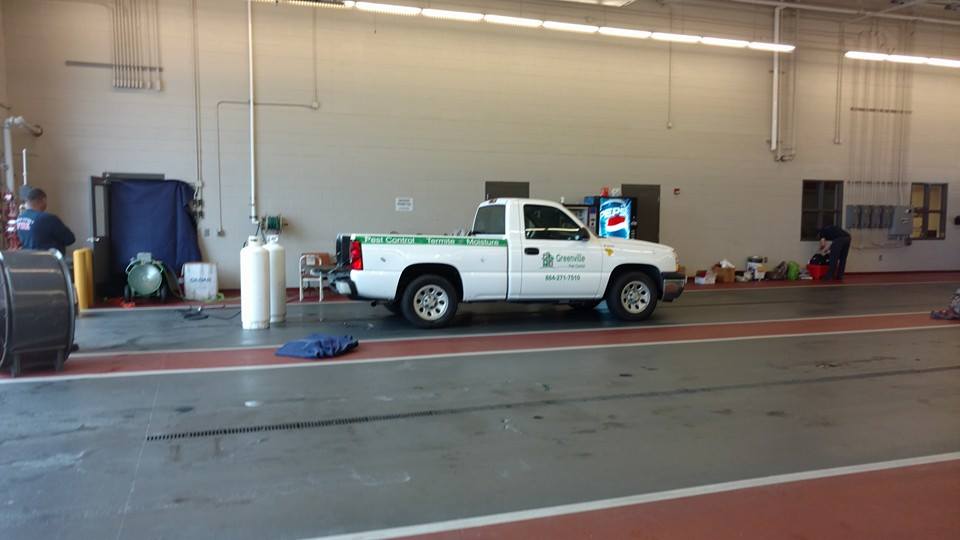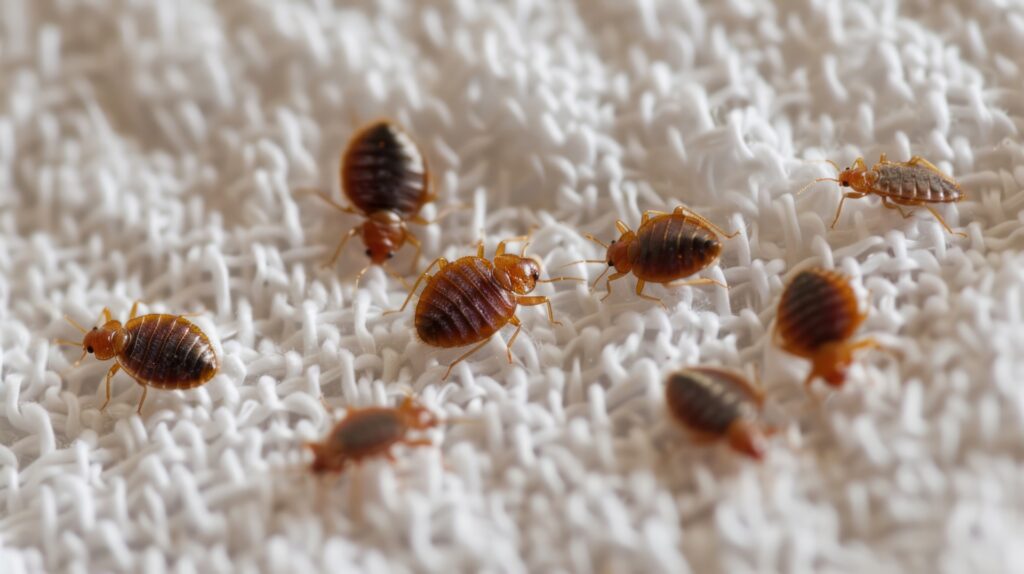You might know someone who’s dealt with bed bugs in the past. But facing a bed bug problem yourself is a whole different story. The truth is, bed bugs can happen to anyone. They don’t discriminate based on cleanliness or wealth.
Below, we’ll discuss bed bug infestations and how to prevent bed bugs from taking over your home.

Understanding Bed Bugs
Small, brownish, and flat, bed bugs are notorious for feeding on blood. But what makes them particularly troublesome is their ability to reproduce fast and survive for months without feeding. They’re excellent hitchhikers that travel on luggage, clothing, and furniture, hiding in plain sight inside tiny cracks and crevices until it’s time to come out.
What makes matters worse is that bed bugs are often resistant to over-the-counter products. This means the only way to deal with bed bugs is to ask for professional help.
Signs You Might Have Bed Bugs
Catching a bed bug problem early makes it easier to resolve. Watch for these warning signs:
- Unexplained bites: Small, red, itchy welts, often in a line or cluster. These typically appear on exposed skin while sleeping.
- Dark spots on bedding: Small black or rusty spots on sheets or mattresses from bed bug excrement.
- Shed skins: Bed bugs molt as they grow, leaving behind translucent exoskeletons.
- Live bugs: Actual bed bugs, often found in mattress seams, box springs, bed frames, and nearby furniture.
- Sweet, musty odor: A strong infestation may produce a noticeable smell.
- Blood spots: Small blood stains on sheets from crushed bugs or after they’ve fed.
Prevention Strategies
While no method guarantees complete protection, these steps reduce your risk:
When Traveling
Bed bugs can’t travel far, but they can travel with you. In fact, travelling is one of the most common ways bed bugs can enter your home.
- Inspect hotel rooms before settling in:
- Check mattress seams, headboards, and furniture
- Keep luggage on luggage racks, not the bed or floor
- Use the bathroom for luggage when possible (bed bugs rarely hide there)
- When returning home:
- Unpack directly into the washing machine
- Wash and dry clothes on high heat
- Vacuum suitcases before storing them
- Store luggage away from bedrooms
Second-hand Items
Used furniture and clothing can harbor bed bugs.
- Carefully inspect everything before bringing them inside
- Do not pick up discarded furniture from curbs or dumpsters
- Clean and treat used items when possible:
- Wash and dry clothing on high heat
- Steam clean upholstered furniture
- Keep items isolated until you’re confident they’re bug-free
Home Protection
Make your home less hospitable to bed bugs.
- Reduce clutter around beds and sleeping areas
- Use mattress and box spring encasements specifically designed for bed bug protection
- Fill cracks and crevices in walls, molding, and furniture
- Vacuum regularly, including mattress seams and box springs
- Install bed bug interceptors under bed legs to catch bugs trying to climb up
- Be cautious with shared laundry facilities:
- Transport clothes in plastic bags
- Use hot water and high heat when possible
- Fold clothes at home, not in common areas
Early Response Plan
If you suspect bed bugs, act quickly:
- Don’t panic – Bed bugs are a nuisance but don’t transmit diseases
- Don’t immediately throw out furniture – Most items can be treated
- Don’t sleep in another room – This can spread the infestation
- Don’t use bug bombs or foggers – These often make the problem worse by scattering bugs
Instead:
- Confirm the identification if possible
- Contact professionals for an assessment
- Reduce clutter to limit hiding spots
- Vacuum thoroughly and dispose of the vacuum contents in a sealed bag outside
- Wash and dry all bedding and clothing on high heat settings
- Isolate items that can’t be washed by sealing in plastic bags
When to Call Professionals
Immediately. Don’t delay. Bed bug infestations require intervention as soon as possible. They are notoriously difficult to eliminate even with professional help. It’s always recommended to call in an expert to take care of even the most minor of infestations.
Preparing for Professional Treatment
If you’re getting professional help, they’ll usually provide preparation instructions. Generally, this includes:
- Reducing clutter to eliminate hiding spots
- Washing all fabrics that can be laundered
- Vacuuming thoroughly
- Moving furniture away from walls
- Removing items from dressers and nightstands
- Making beds accessible for treatment
Living During Treatment
Dealing with bed bugs can be a stressful experience. During the home treatment process:
- Continue sleeping in your bed (moving to another location can spread the infestation)
- Use mattress encasements if recommended
- Vacuum daily and dispose of the contents outside
- Keep monitoring for signs of activity
- Follow all professional recommendations
- Be patient – elimination often requires multiple treatments
The Psychological Impact
The stress of dealing with bed bugs shouldn’t be underestimated. Many people experience:
- Sleep disturbances
- Anxiety
- Embarrassment
- Financial concerns
Remember that bed bugs can happen to anyone, and seeking support from friends, family, or even support groups can help manage the emotional aspects of dealing with an infestation.Bed bugs are resilient, but with knowledge, prevention, and help from a pest expert, you can protect your home and peace of mind.


